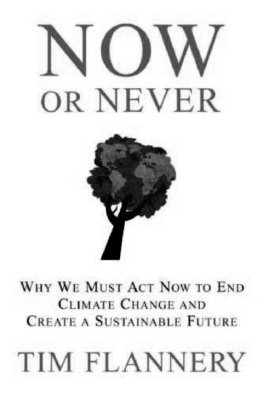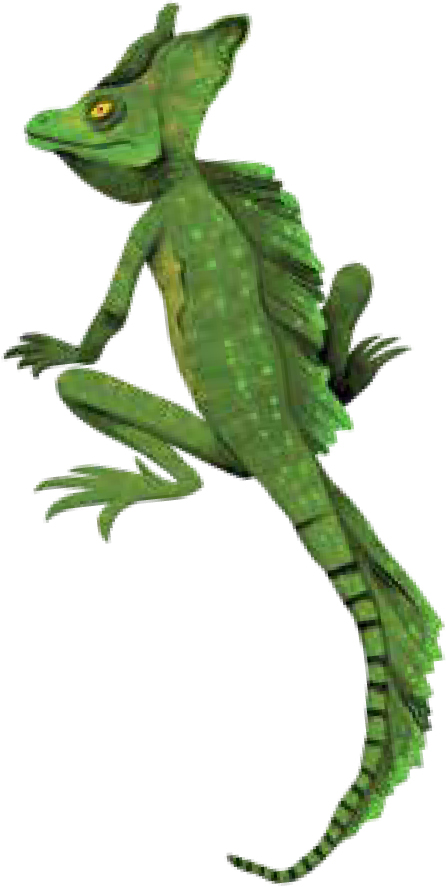Contents
Guide
Page List
FOR COLEBY AND DANIEL
TIM FLANNERY
EXPLORING THE INCREDIBLE WORLD OF ANIMALS
WEIRD, WILD, AMAZING!

ART BY SAM CALDWELL

Contents
Ive been interested in animals and fossils for as long as I can remember. One of my earliest memories is from when I was four years old. I was playing in a vacant block beside our house, created when a neighbors house burned down, and found a lump of molten glass. I felt sure that it was a fossilized dinosaur brain! When I was a kid, one of my favorite things to do was explore the tide pools at the beach and stick my finger into the sea anemones, just to feel the way they pulled my finger inward before releasing it when they realized that they couldnt eat me.
I grew up in the suburbs of Melbourne, Victoria, Australia, and there werent a lot of opportunities near my home to see cool creatures. But when I was eight years old, I was walking on a sandbank at low tide and saw a strange rock. It had markings on it, and I suspected it was something special. I took it to the local library, where the librarian told me to take it to the museum.
The entrance to the museum was awesome, with doors tall enough to fit a Tyrannosaurus! Inside was a vast hall, full of stuffed creatures. WEIRD!
There was a small door on the side, saying visitors. I knocked on it, and a museum guard appeared, asking what I wanted. I showed him the strange rock, and he went away. Sometime later, a man in a white coat appeared and asked me to follow him. We went up a huge stairway, through another set of giant doors, and into a dark corridor. I could make out an Egyptian mummy in a sarcophagus on the floor, and some enormous bones. We turned a corner, and I found myself in a long hall, filled with gray steel cabinets.
The man in the coat opened one, pulled out a drawer, and lifted out a rock identical to mine. Its Lovenia forbesi, he told me, the fossilized remains of an extinct sea urchin. They are quite common in the rocks near my home. It was, he thought, about 10 million years old. I was awestruck. Then he asked, Are you interested in dinosaurs?
I WAS MORE THAN INTERESTED. I WAS OBSESSED.
The man put the fossilized sea urchin back, closed the drawer, and opened another. Hold out your hand, he said, as he placed an odd pointed rock on it. This is the Cape Paterson Claw. Its a claw from the foot of a dinosaur, and it is the only dinosaur bone ever found in Victoria.
I held the Cape Paterson Claw! I was so excited that I could hardly speak. Learning about fossils led to a big breakthrough for me: I discovered that I could visit the lands of amazing creatures in my imagination.
In the months and years that followed I learned to snorkel and scuba-dive in the bay near where I found that first fossilized sea urchin. A reef of fossil-bearing rocks was exposed there underwater, where I found extraordinary remains. I remember one winter afternoon, when the water was freezing but clear, I spied a length of fossil whale jaw, nearly as long as me, lying on the bottom. Another day, I chanced upon the tooth of a megalodon shark lying in the shallows. In my imagination I swam in that ancient Port Phillip Bay, full of giant sharks and whales.
I never found out who the man in the white coat at the museum was. And he probably had no idea of the passion he had sparked in me! When I was a little older I started to volunteer at the museum, cleaning and cataloging fossils.
It was incredible to actually hold the bones of extinct creatures, and to chip away the rock encasing them. As I cleaned the bones, I was aware that I was the first human ever to see them revealed. I wanted to see where theyd come from, so my cousin and I visited Cape Paterson, about 90 miles from Melbourne, where the claw had been found.
WE DISCOVERED A DINOSAUR GRAVEYARD!
The bones were hard to see because they are soft and weathered away so only a cross-section is visible. At the time the creatures lived, Victoria was near the South Pole. The famous Australian palaeontologist Dr. Tom Rich has spent a lifetime searching the rocks for more bones, and his studies have revealed a strange world inhabited by big-eyed and feathered dinosaurs that thrived in the freezing conditions.
I started my scientific career as a paleontologistsomeone who studies fossils. As I searched for fossils I also explored the creatures of the living ocean around Melbourne. Each year elephant sharks would leave the depths of the Southern Ocean to breed in the shallows. Just 2 feet long, silvery and with strange protruding noses, they havent changed much since the age of dinosaurs. Sometimes great schools of whitebait would arrive, and Id swim among the fish, watching as barracuda and small sharks tried to hunt them.
As I grew up, I went further and further afield, into the Australian desert and Great Barrier Reef, where I encountered water-holding frogs, red kangaroos and magnificent coral. When I was 26 I was studying the evolution of kangaroos, and joined an expedition to Papua New Guinea. Over 9,000 feet up in the high mountains of eastern Papua I discovered a rat that was almost 3 feet long, and a wallaby not much bigger, that were both new to science.

































